A well-developed chest is a representation of power, strength, and energy. It is a conspicuous component of the upper body that not only improves physical appearance but also plays an important part in a variety of functional activities.
The Importance of Chest Training
Chest training, also known as pectoral training, is important in the realms of fitness and bodybuilding. A muscular and well-developed chest has various benefits. A well-rounded chest training regimen is not only important for individuals trying to grow a balanced and shaped chest, but it is also important for total upper body strength and aesthetics.
The chest is a key muscle region, and having a strong chest can significantly improve your physique. One of the secrets to an efficient chest workout is to include a range of exercises that target different parts of the chest. Incline workouts, coffee presses, dumbbell flies, cable fly exercises, and others all have distinct advantages
- Functional Strength: The chest muscles, particularly the pectoralis major, control a wide range of upper-body actions. Strengthening the chest benefits not only appearance but also functional strength for actions such as pushing, lifting, and even posture maintenance.
- Improved Athletic Performance: Chest training is essential for players competing in sports such as football, basketball, and rugby, where upper body strength and power are critical.
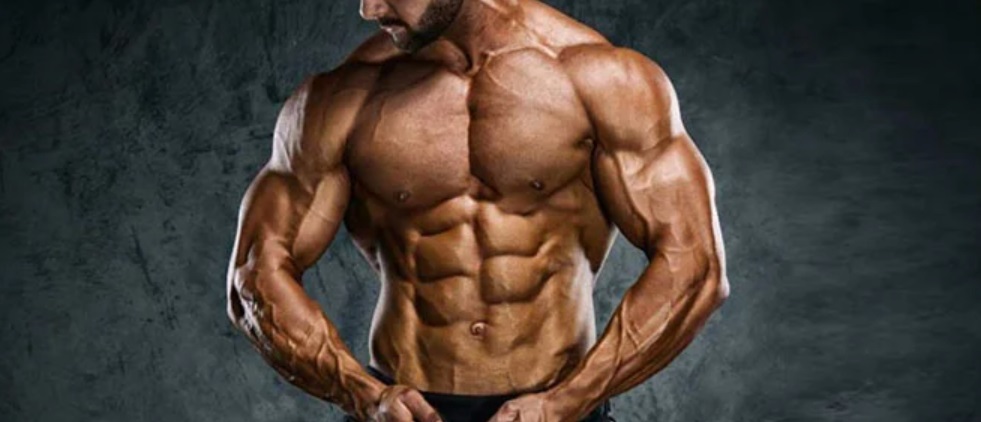
Understanding the Pectoralis Major and Pectoralis Minor
- Pectoralis Major: The pectoralis major, also known as the “pecs,” is the most visible chest muscle. It has two heads: the clavicular (upper chest) and the sternal (lower chest). The pectoralis major muscles are in charge of actions like horizontal adduction (moving the arm across the torso) and shoulder flexion (lifting the arm forward).
- The Pectoralis Minor: This is a lesser muscle that lies beneath the pectoralis major. It aids in movements such as scapular protraction (forward shoulder movement) and aids in shoulder girdle stabilization.
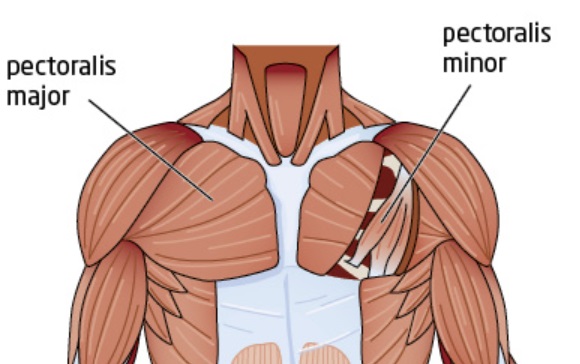
Top Eight Chest Exercises
Today, we’re diving into the exciting world of chest exercises, ranking the top eight of them. Let’s be clear, there are no “bad” exercises on our list; only individuals with bad form who struggle with them. These exercises are ranked based on their accessibility and potential for results. Plus, here are some tips to help you maximize your gains.
Number Eight: Incline Exercises
Incline movements are essential in chest workouts because they primarily target the upper chest muscles. This is critical for developing a well-balanced and well-developed chest. Whether you do incline presses with a barbell, dumbbells, or a Smith machine, the key to success is maintaining good technique and following precise rules.
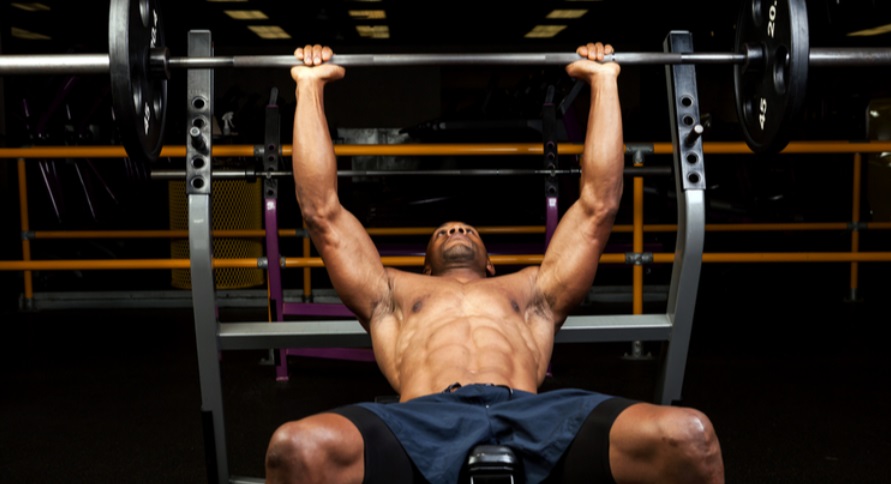
- Elbow Angle: Maintaining a 45-degree angle with your elbow is critical. This particular angle aids in the activation of the upper chest muscles while minimizing the involvement of the anterior deltoids. You may optimize your chest workout by ensuring that the target muscle group does the majority of the effort.
- Chest Flexion: Throughout the exercise, focus on flexing your chest. This entails deliberately engaging and squeezing your chest muscles with each repetition. This increases the effectiveness of the activity. This connection between the mind and the muscles is essential for muscular engagement and growth.
- Elbow Movement: Take note of your elbow movement. During the upward motion of pressing the weight, drive your elbows inward. This movement pattern isolates the chest muscles and ensures that they get the most out of the exercise.
Number Seven: Coffin Presses
Coffin presses may not be as well-known as other chest exercises, but they provide a distinct and valuable addition to your chest workout regimen. These workouts are designed specifically to target the interior region of your chest. Maintaining appropriate form throughout the movement is critical for getting the most out of coffee presses.
- Elbow Position: It is critical to keep your elbows tucked tight to your sides throughout the exercise. This prevents the anterior deltoids from controlling the action and guarantees that the inner chest muscles are stimulated. This allows you to properly target the inner chest area, which might be difficult to strengthen through regular exercises.
- Coffee presses: It can create a distinct sensation in your chest while also aiding in the sculpting and definition of the inner chest area. Incorporating them throughout your regimen adds diversity and allows you to target certain muscle regions that may be overlooked by other chest workouts.
Number Six: Dumbbell Flies
Dumbbell flies are a basic chest exercise that some people find scary, but mastering them is vital for a well-rounded chest workout. This exercise primarily targets the pecs, offering an excellent stretch and contraction, both of which are essential for muscle growth and development.
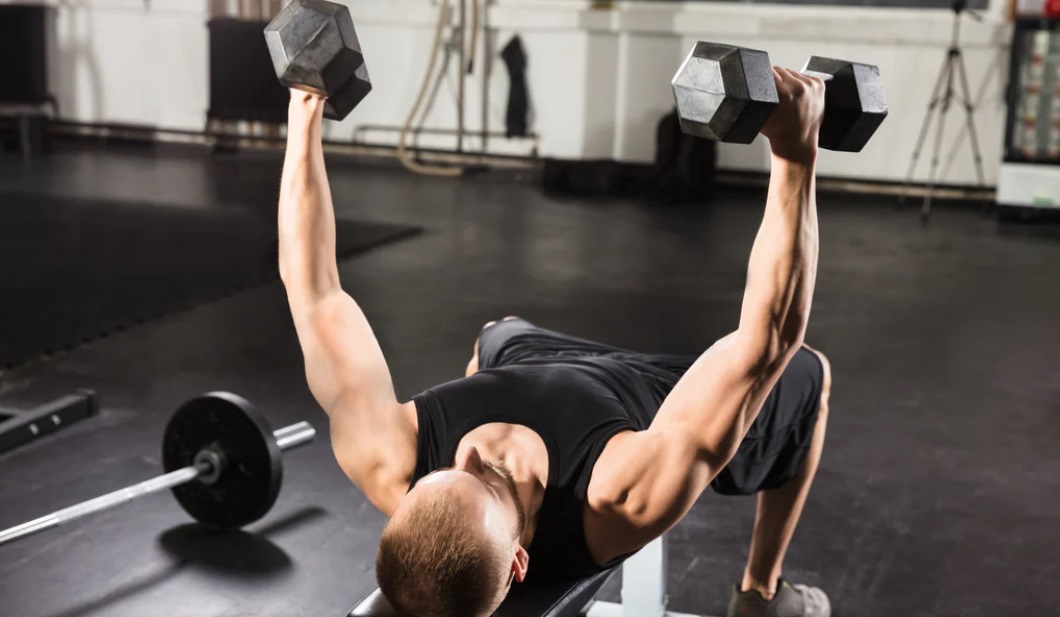
- Elbow Flexion: Instead of maintaining your arms exactly straight, use your elbows to your advantage. This workout is all about controlled movement and maintaining consistent tension in your chest. By slightly bending your elbows, you keep tension in your chest muscles throughout the range of action.
- Partial reps: Think about performing partial reps at the bottom of the action to maintain tension and improve the effectiveness of the exercise. This includes not bringing the dumbbells all the way up and down but rather maintaining the chest muscles engaged throughout the session. These half reps might be a fantastic approach to fatigue the chest muscles and drive further growth.
- Dumbbell flies: When performed correctly, can result in increased chest development and a fuller, more contoured appearance. While they can be difficult, the benefits in terms of chest beauty and strength make the work worthwhile.
Number Five: Cable Fly Exercises
Cable fly exercises are extremely adaptable and can target numerous angles of the chest. Typically, these workouts are done on a cable machine with adjustable handlebars. Follow these suggestions to get the most out of cable fly exercises.
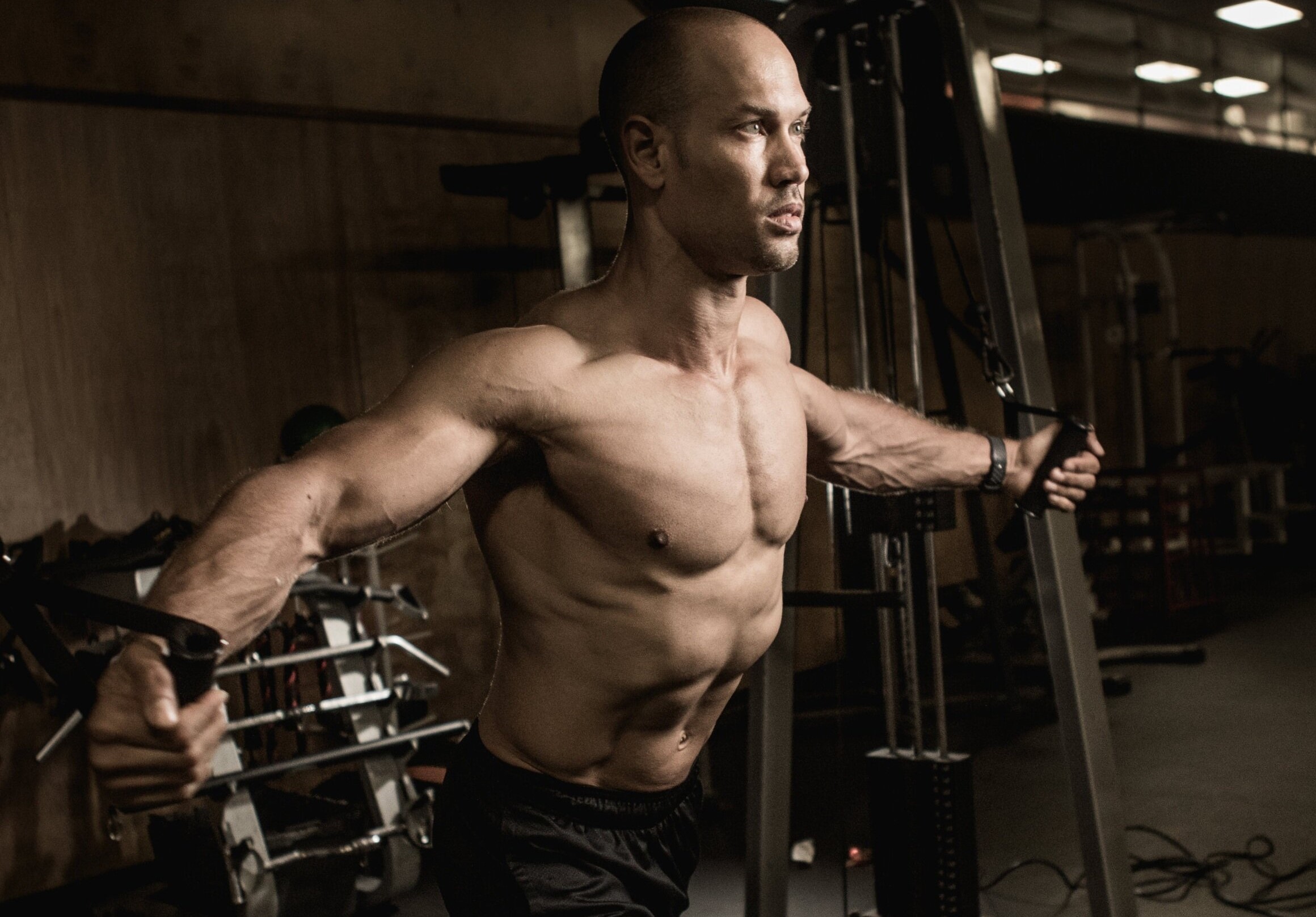
- Mind-Muscle Connection: Sit in front of the cable machine and try different grips and handle heights to develop a strong mind-muscle connection with your chest. Understanding how your chest and shoulders work during the exercise is critical to achieving optimal chest development. You may maximize the advantages of cable fly workouts by feeling the strain and contraction in your chest with each repetition.
- One approach would be to grab a single handle and concentrate on one side at a time. Why? Well, more often than not, one pectoral muscle has an excellent connection with your brain, while the other might be slacking off, causing problems for the whole team. By focusing on one side at a time, you can figure out what’s going on – Is one shoulder rolling forward? Is your trap muscling in on the action? Are you neglecting to flex your chest altogether?
- Cable flies are a vital part of a well-rounded chest training routine because they provide excellent alternatives for targeting different parts of the chest. Because cable machines are adjustable, you may fine-tune your chest growth and focus on specific areas that may require extra attention.
Number Four: Barrel Press
Individuals who are hesitant about dumbbell flies or want to try a different workout to challenge their chest muscles might try barrel presses. This workout produces a tearing feeling comparable to flies but uses pushing movements, which may be more comfortable for some.
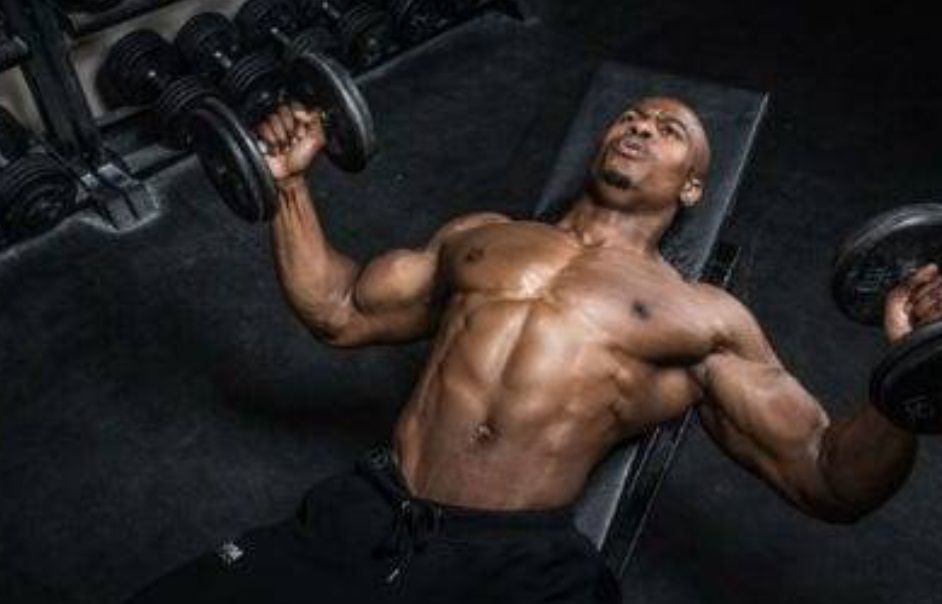
Here’s how to get the most out of barrel presses:
- Elbow Position: The ability to alter the elbow angle beyond the standard 90 degrees is one advantage of barrel presses. This additional stretch can supply your chest with a unique and powerful stimulus. You can get a deeper stretch by expanding out the chest further, which can lead to more muscle growth.
- Barrel presses can be a beneficial supplement to your chest workout, providing diversity and successfully targeting chest muscles. While they may not be as ubiquitous in every gym, they can be a great weapon in your chest training arsenal if you have access to the proper equipment.
Number Three: Machine Fly
Machine fly exercises are a simple and efficient approach to working the chest. These machines are especially useful for concentrating on certain portions of the chest, allowing you to isolate and focus on areas such as the inner chest, upper chest, or lower chest.
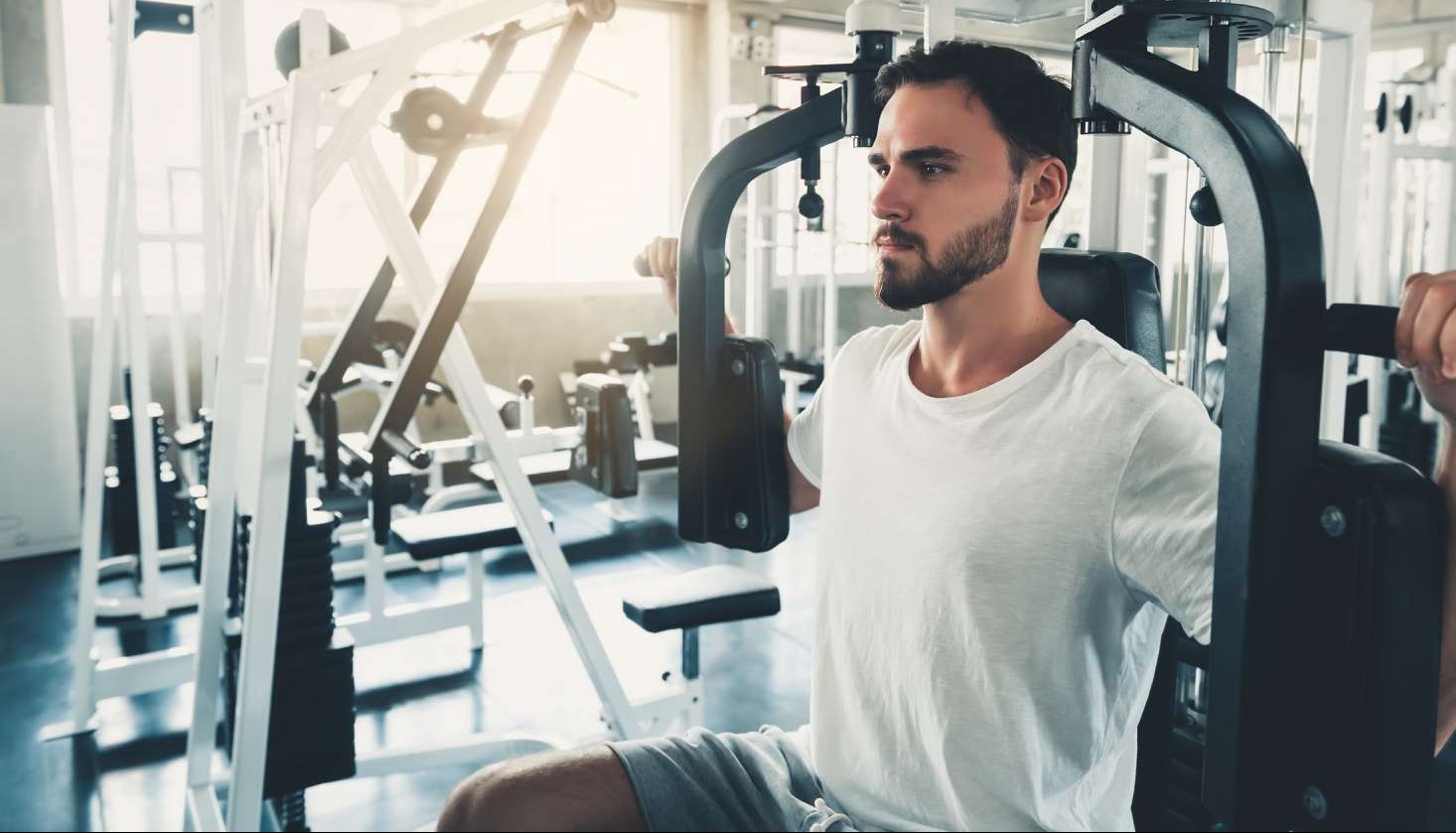
Consider the following when performing machine fly exercises:
- Whether you’re after the inner chest, upper chest, or lower chest, this machine can do it all. Want to hit the inner chest? Try partial reps at the top. Aiming for that upper chest? Just grab higher on those handles. If the lower chest is your goal, tilt back for a decline movement.
- You can start the movement as a press, transition into a fly, and then tilt back for more of a decline effect.
- Machine fly workouts are quite adaptable and can assist you in fine-tuning your chest growth. They are especially beneficial for people who want to isolate and target specific sections of their chest, hence addressing any imbalances or areas of weakness.
Number Two: Declined Dumbbell Presses
Dumbbell presses are a tried-and-true chest exercise. This exercise is an efficient approach to working your chest muscles and is a mainstay in many chest workout routines.
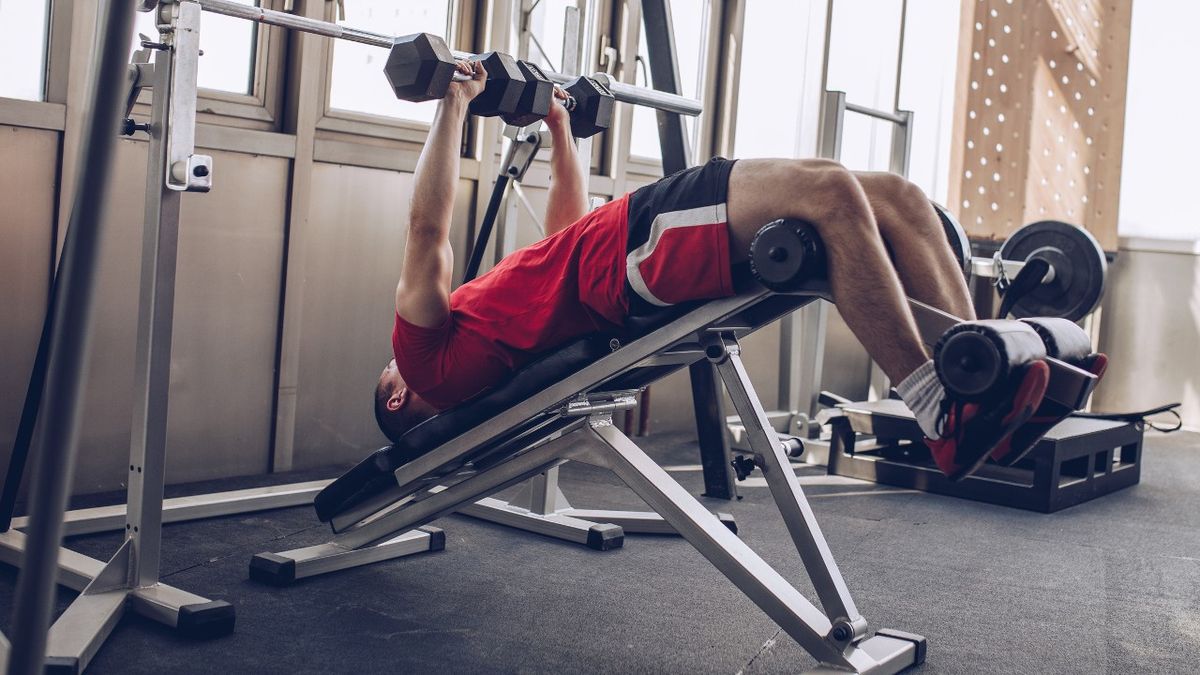
Remember these crucial ideas to improve your results:
- Lead with Your Chest: Concentrate on leading with your chest as you complete dumbbell presses. Even if you tend to flare those elbows out too much, you’ll still manage to activate your chest quite effectively. The only potential issue is about picking up those heavy dumbbells – but once you’re past that initial hurdle, declined dumbbell presses are a robust and reliable exercise to develop your chest muscles.
Number One: Dips
Dips are a multipurpose exercise that works the chest, shoulders, and triceps as well as the arms.
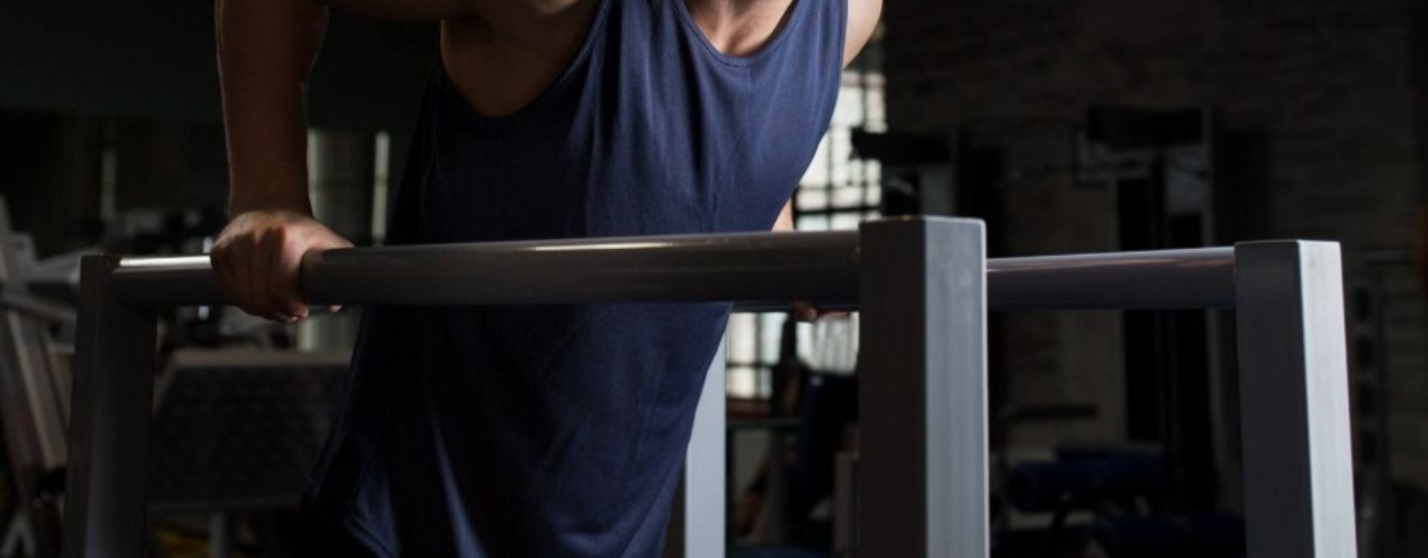
Consider the following when introducing dips into your chest workout regimen.
- Leading from the Heart: As you make the dip action, concentrate on leading with your chest. This guarantees that the chest muscles are fully engaged and that a major percentage of the burden is carried by them.
- Negative Reps: Focus on the movement’s negative aspect, which entails lowering your body. Controlling the descent can provide a terrific chest workout and aid with muscle growth.
- Dips are a difficult workout that can help you improve your chest while also exercising other upper body muscles. They provide an opportunity to improve chest strength and endurance, making them an important part of your chest workout regimen.
Principles of Training:
Following basic training concepts is vital regardless of the workout you choose.
- Allow enough time for your muscles to heal and grow, and choose chest routines that are appropriate for your fitness level and goals.
- Whether you like bench presses, push-ups, incline or decline presses, or chest flyes, there are numerous options to keep your chest training interesting and effective.
- You can adapt your workout regimen to attain the desired chest development by learning these principles and studying a range of chest workouts.









